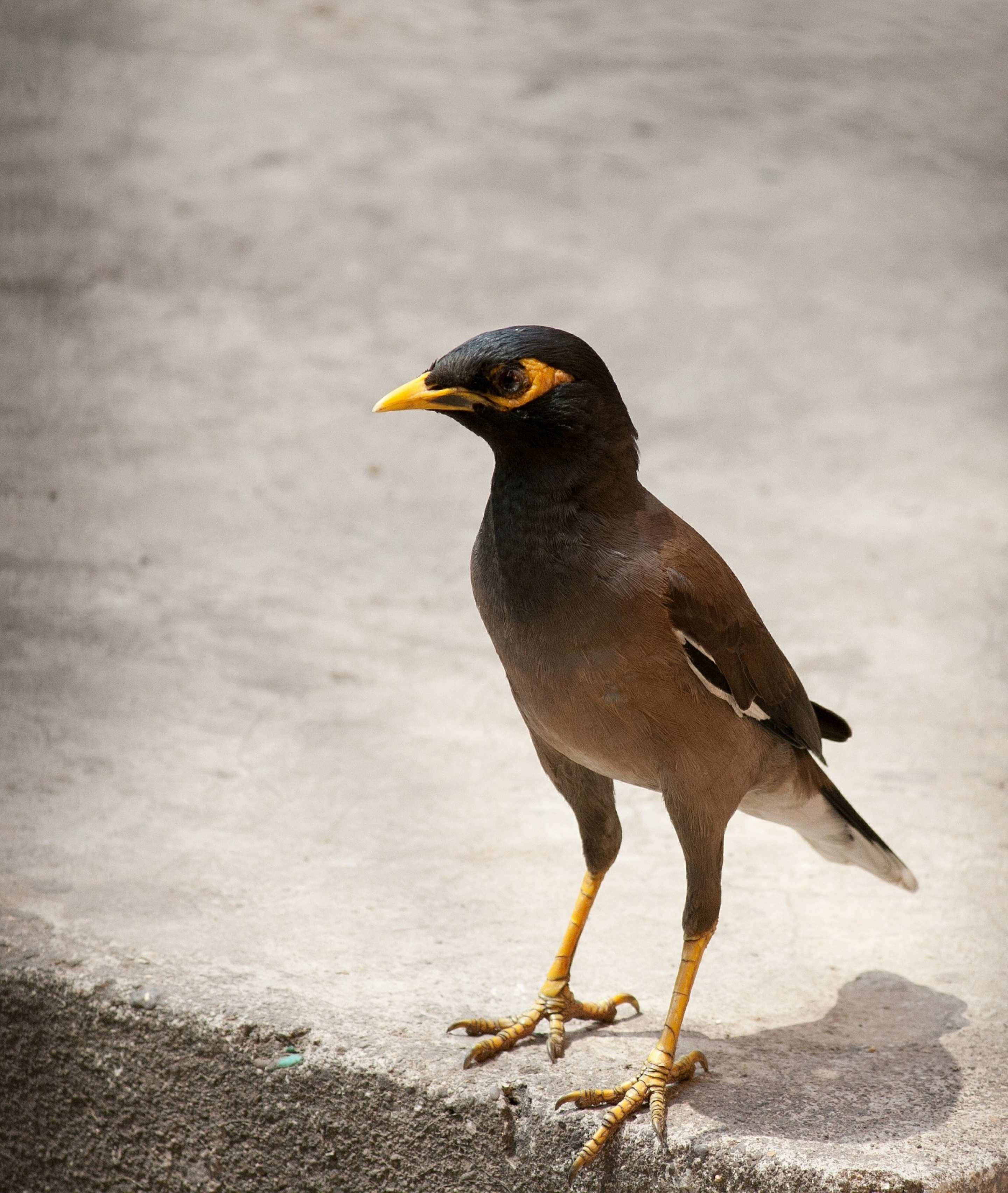Protein on the menu for invasive myna birds
Research provides unprecedented insight into the feeding behaviours and nutritional priorities of invasive myna birds.

Common mynas prefer protein and will fight each other to get it, according to new research from the University of Sydney’s Charles Perkins Centre.
Published in Behavioral Ecology, the research gives unprecedented insight into the feeding behaviours of invasive species which could help develop new control methods for pests.
Introduced to Australia in 1862 as a means of controlling grasshoppers, common mynas have successfully invaded every continent on earth apart from Antarctica and South America.
“Nutrition plays an important role in animals’ lives, and is key to the success of invasive species. However, until now nutrition has been overlooked in research on common mynas and many other invasive species,” said Dr Gabriel Machovsky-Capuska from the Charles Perkins Centre and Faculty of Veterinary Science.
“Understanding the nutrient priorities of mynas helps us to understand how they become established in a wide range of new environments, and predict which habitats they could conquer in future.”
Researchers from the University of Sydney, working in collaboration with Waverley council, recorded the diets of invasive mynas over six months, monitoring which foods they ate in their adopted urban environment (insects, plants and human discards). They then provided specially designed feeding stations, containing dishes filled with food pellets that were either rich in protein, fat or carbohydrates, but otherwise nutritionally the same.
The mynas targeted the high protein foods, and ate very little of the carbohydrate-rich or fatty foods. If protein-rich food pellets were mixed in the same dish with high carb or fatty pellets, the birds would carefully sort through the mix to pick out only protein, showing their willingness to invest time in finding their favoured food. They were also prepared to fight for it, and were much more likely to attack each other in to access protein, with aggression involved in more than 66 per cent of observations involving protein consumption.
“The results suggest that there is a shortage of protein for birds in the urban area of the study at Waverley Park,” Dr Machovsky-Capuska said.
Rather than foraging for food simply to eat enough calories, mynas will choose their food in order to maintain the ratio of protein, carbohydrates and fat in their diet.
“Insects and worms are highly nutritious, and are believed to be the major source of protein in many birds’ diets. This is in contrast with human discards, which generally have low concentrations of protein relative to fats and carbohydrates.
“The decrease in naturally available protein is likely to be related to the increase in man-made structures in urban environments, which reduce the amount of natural foods available to urban birds.”
Dr Machovsky-Capuska said the results form a valuable contribution to existing knowledge on nutrition in invasive species, which could help to establish new management methods in future.
“With their population continuing to spread in Australia and around the world, mynas are a perfect model to test the nutritional constraints and priorities of an invasive species that has successfully adapted to urban environments.”
